CHINESE INTERNAL MARTIAL ARTS
练拳不练功,到老一场空 – practicing the art without cultivating its essence, it’s worth nothing when you get old.
Chinese martial arts, also known as Wushu, or Kungfu, is one of the most popular martial arts in the world to practice for enhancing one’s fitness and self-defence capabilities. This martial art has a tremendous history and consists of different styles and training philosophies . One distinctive difference is the external vs internal martial arts.
The external martial arts, also known as ‘hard’ martial arts, focus on training the physical aspects such as strengthening the muscles, bones, abdomen, arms etc. External martial art practitioners believe enhancing one’s physical strength to achieve faster, stronger blows.
The internal martial arts are known as ‘soft’ martial arts. It focuses on training internally such as cultivating Qi (internal energy), internal bodily functions (such as internal organs), spirit and mind to attain internal power. Internal martial art practitioners believe this internal power yields great strength that is deeply rooted, concentrated in the body that is often called steel wrapped in cotton. It is a fantastic self defence art that can be practiced from young till old age due to its health cultivating benefits.
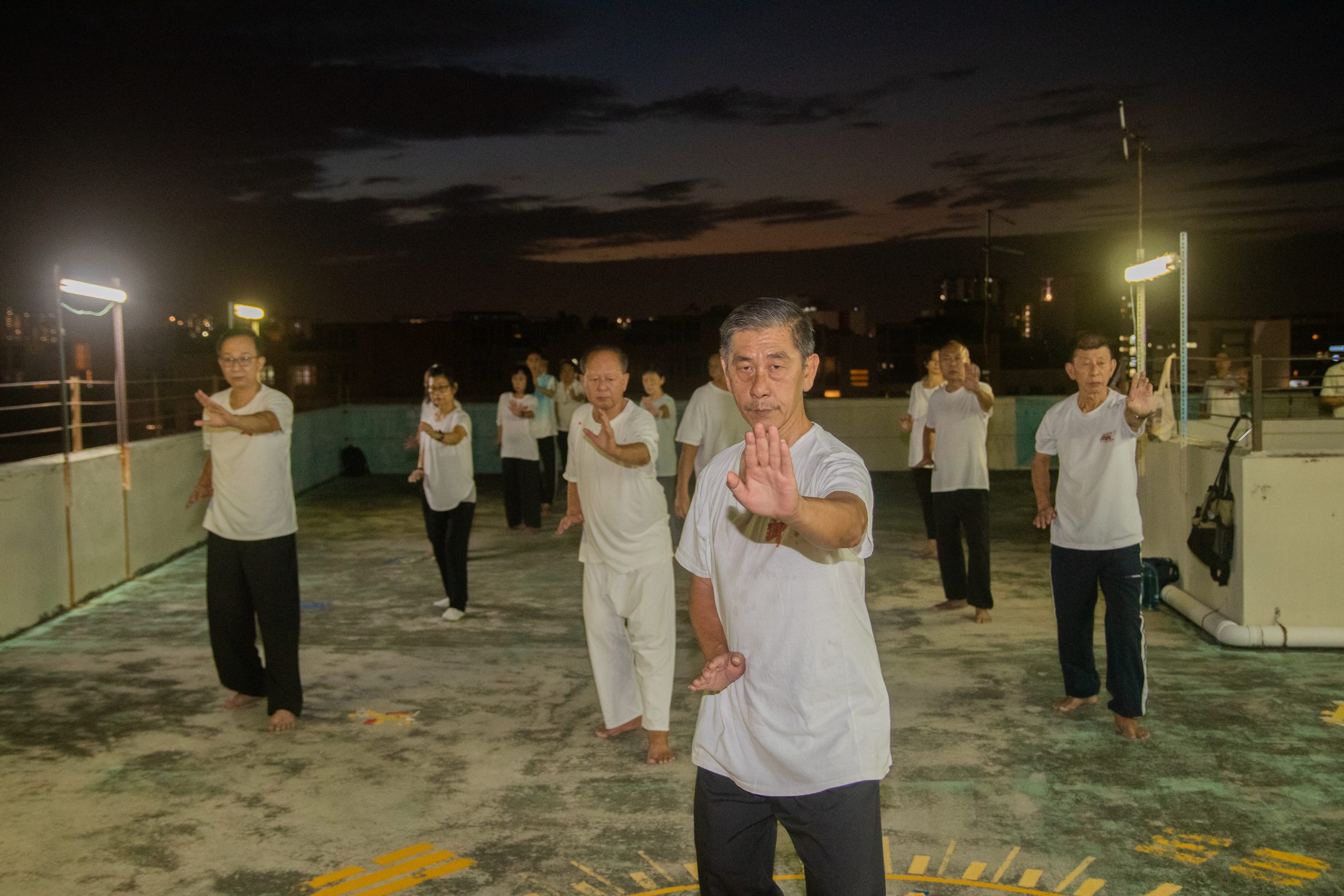
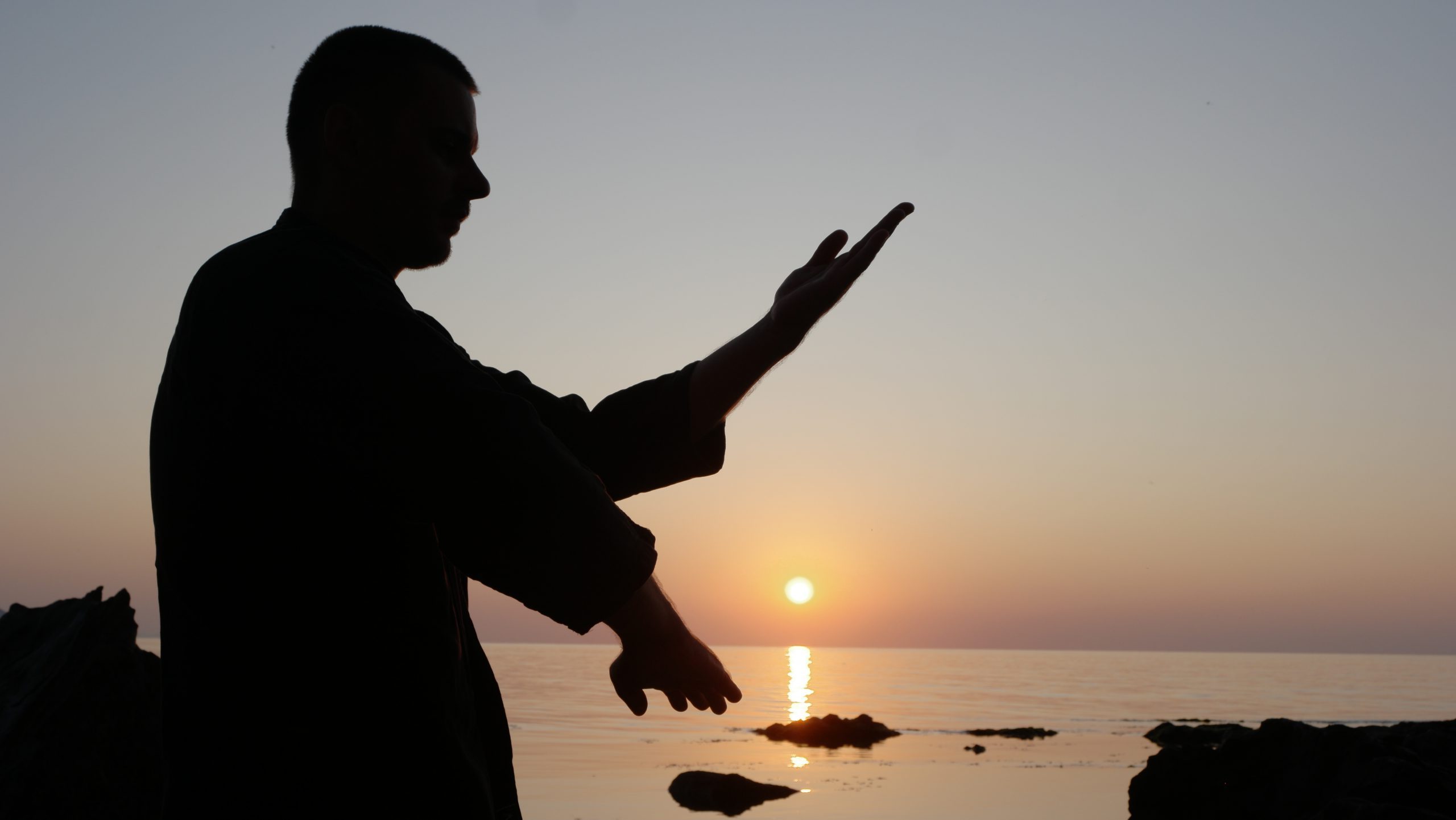
Why learn Internal Martial Arts at Nam Wah Pai
At Nam Wah Pai, we are only one of the few martial arts schools in Singapore to specialise in training and harnessing one’s internal power and strength. Students will be exposed to the different levels of internal self defence applications:
- 1st level: Strike using movement (招打)
- 2nd level: Strike using internal energy (劲打)
- 3rd level: strike using qi power (气打)
- 4th level: strike using spiritual energy (神打)
We do not believe in training only the external aspects of the body, that’s why you won’t find expensive equipment like dumbbells, weight machines, etc in our training centre. But rather, you will learn how to properly harness the power of your internal strength through effective neigong / qigong practice. With proper internal strength practice, one can better withstand external blows and strike with more potent force.
With only proper training of the internal strength, you can then utilise the internal martial art styles to its full efficiency.
The Internal Martial Art styles we practice at Nam Wah Pai have been passed down through generations by legendary grandmasters and are well known for their health benefits and self-defence capabilities.
Xingyi Quan (形意拳)
Xingyi Quan, also known as “Form-Intention Fist”, was created by the Song Dynasty general, Yue Fei in around 960 to 1279 AD. The traditional style was inspired by spear fighting with linear and piercing moves. This martial art is known for its explosive movements and focuses on training your internal power, in turn strengthening multiple organs in your body.
The basic practice involves the five elements, metal, water, wood, fire, and earth which target different yin organs such as the liver, heart, spleen, lungs, and kidneys. Xingyi Quan also contains the animal forms that are used together to further train the different yin-yang body elements such as strengthening the intestines, bones, muscles, or improving your stamina.
It is believed that if your organs are healthy, you will have a healthier body and mind overall. For instance, anger management issues are commonly linked to having a weak liver, whereas poor blood circulation and unhappiness are usually because of an unhealthy heart. By learning how to harness your internal power, you can maximise your full potential and achieve mental, physical and spiritual enlightenment.
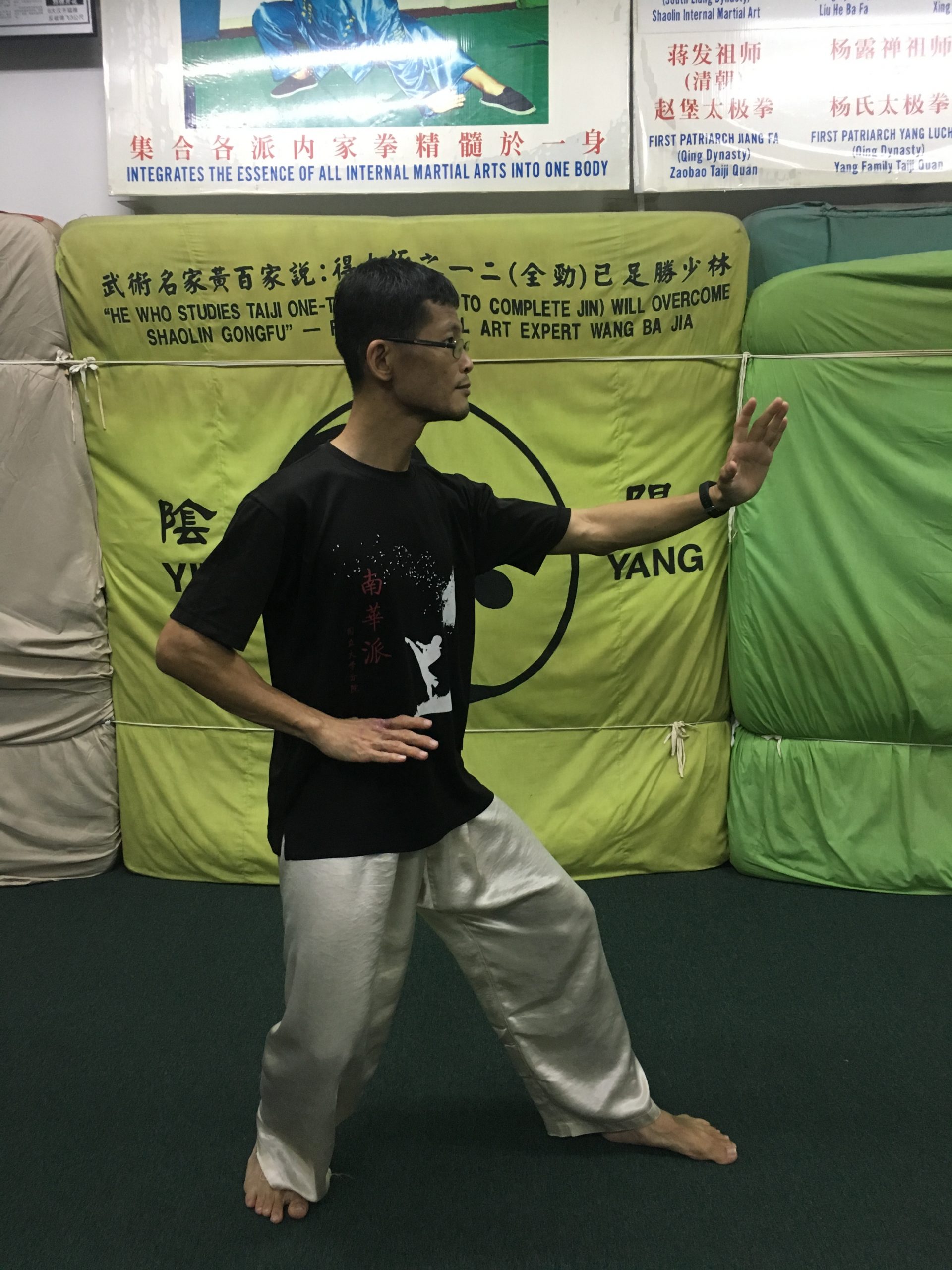
Ba Gua Zhang (八卦掌)
Bagua Zhang, which is also known as “Eight Trigram Palm”, was found in the 19th century by Dong Haichuan who learned from Taoist masters in the mountains of rural China. It is easily recognised as a martial art with constant movement. It trains a person’s ability to defend or attack while walking and changing directions in a circular motion.
Nimble footwork and body placement are used to attack the opponent without warning while maintaining a stable footing. Unique weapons are also sometimes used to practice Bagua Zhang, such as swords or spears.
Not only is your body undergoing a good exercise, but it also trains your hand-foot-eye coordination and enhances your reflexes to attack and defend with better precision leaving your body feeling lightweight and energetic. The constant circular walking and movement also strengthens your core and internal Qi energy.
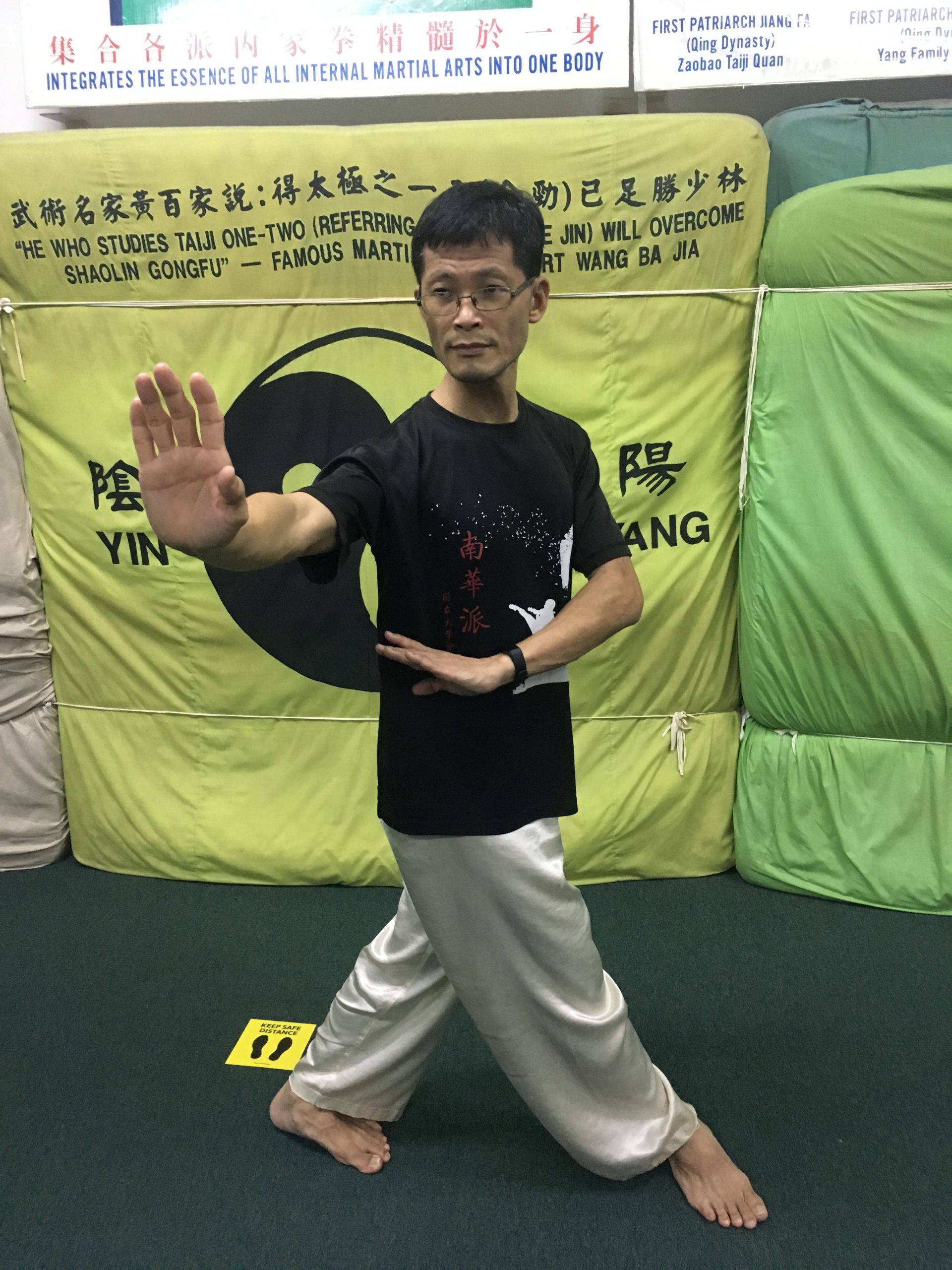
Bodhidharma’s Shaolin Internal Martial Arts
Bodhidharma is the legendary founder of Zen Buddhism and Shaolin Kungfu and is said to have lived up to 202 years old. His practice was mainly developed for three main reasons: self-defence, health exercise, and zen meditation. It makes use of various forms of techniques, weapons, qi gong, and meditation.
Besides external health benefits like better flexibility and strength, practicing the Shaolin internal martial arts helps you have better focus and control over your mental, emotional and spiritual state.
Performing the Bodhidharma’s martial arts trains self-discipline and helps with stress relief by easing the tension in your body and improving blood circulation. It also encompasses the ability to hone your inner power and achieve fulfilment in all aspects including body, mind, and spiritual enlightenment.
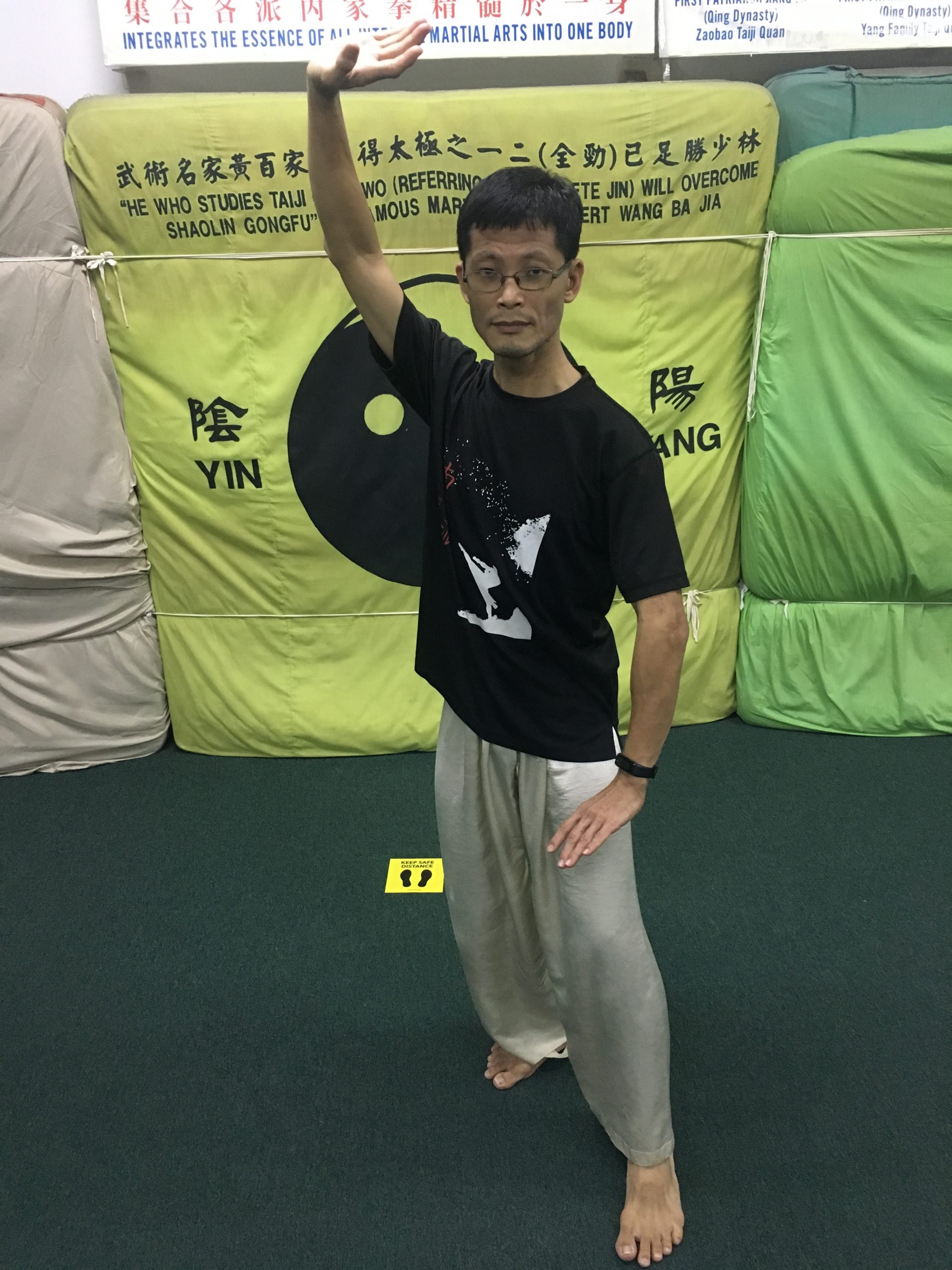
Zhang San Feng’s Wudang Martial Arts
The Taoist monk Zhang San Feng is known as the representative figure of Tai Chi. He was believed to be born in the year 1247 A.D. and was said to have lived till 250 years old through three dynasties: The Southern Song, Yuan, and Ming. It was in the Wudang Mountains, where he developed the Wudang School of internal martial arts.
He kept his martial arts consistent with the philosophy of Taoism and transformed traditional, external martial arts into an internal practice that can be used for self-defence and to prolong one’s life.
This style of internal martial art is an effective method to practise visualisation and harness your internal power to align and neutralise attacks. By dedicating yourself to master and understand it, you will be able to enjoy physical, mental, and spiritual benefits for a healthier being overall.
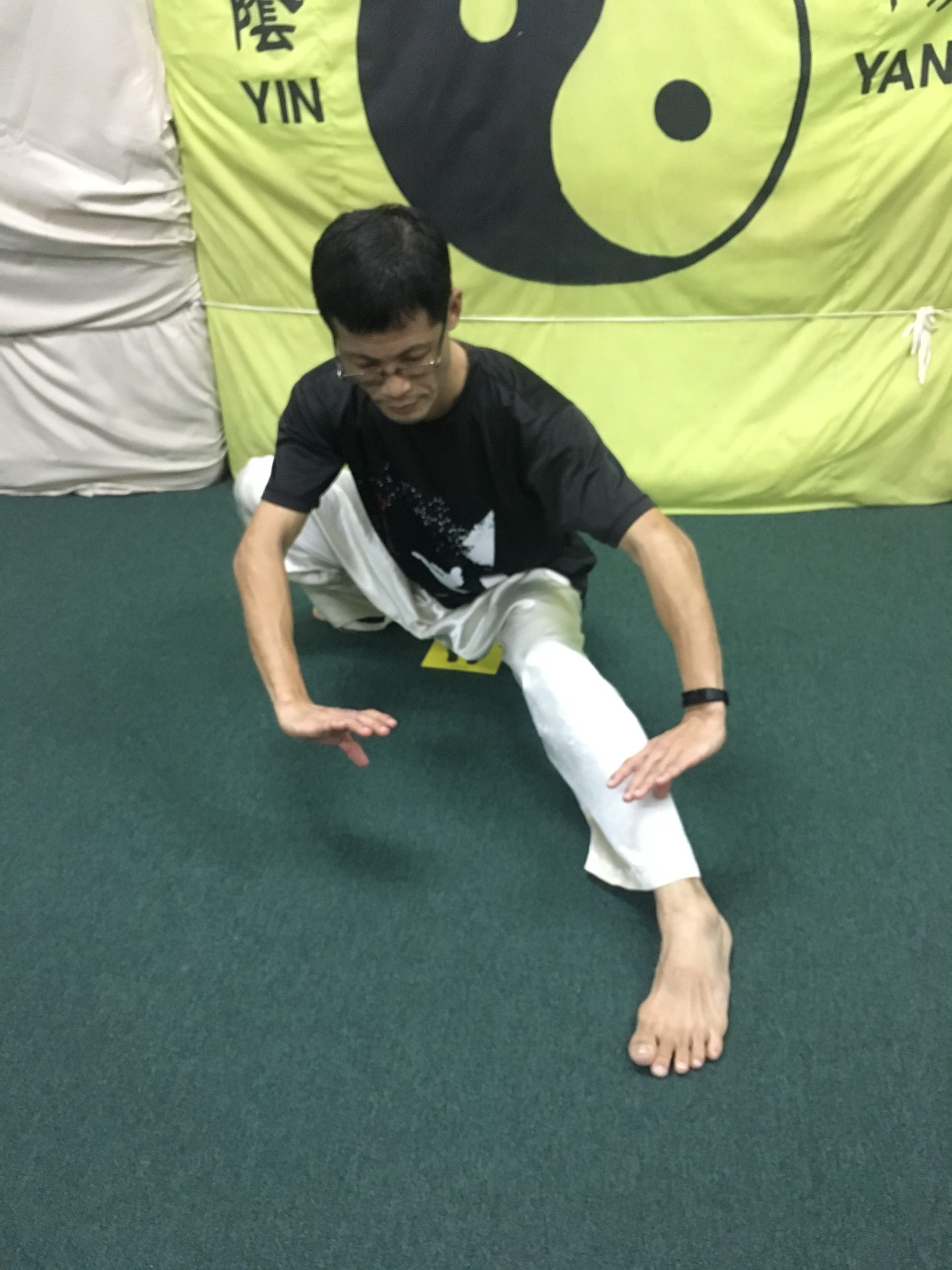
Zhao Bao (Tai Chi) taijiquan (趙堡太極拳)
Zhao Bao Tai Chi originated from the town of Zhao Bao in the 16th century by a native called Jiang Fa. Initially, the leaders of the martial art wanted to keep the practice exclusively within the village. However, over time new practitioners entered the school and spread the art of Tai Chi to others.
This style of Tai Chi is known for its grappling techniques such as joint locking that can effectively restrain an opponent at a close range. It also involves several hundred rotations in different directions that target the joint health in your body. It is an alternative form of physiotherapy that aims to relax the stiff muscles, ligaments, and improve organ health.
The slow and repetitive nature is a good form of low-impact exercise that can be practiced by the elderly or those recovering from injury or disease. It also helps to open up the internal circulation and improve the flow of the body’s Qi energy.
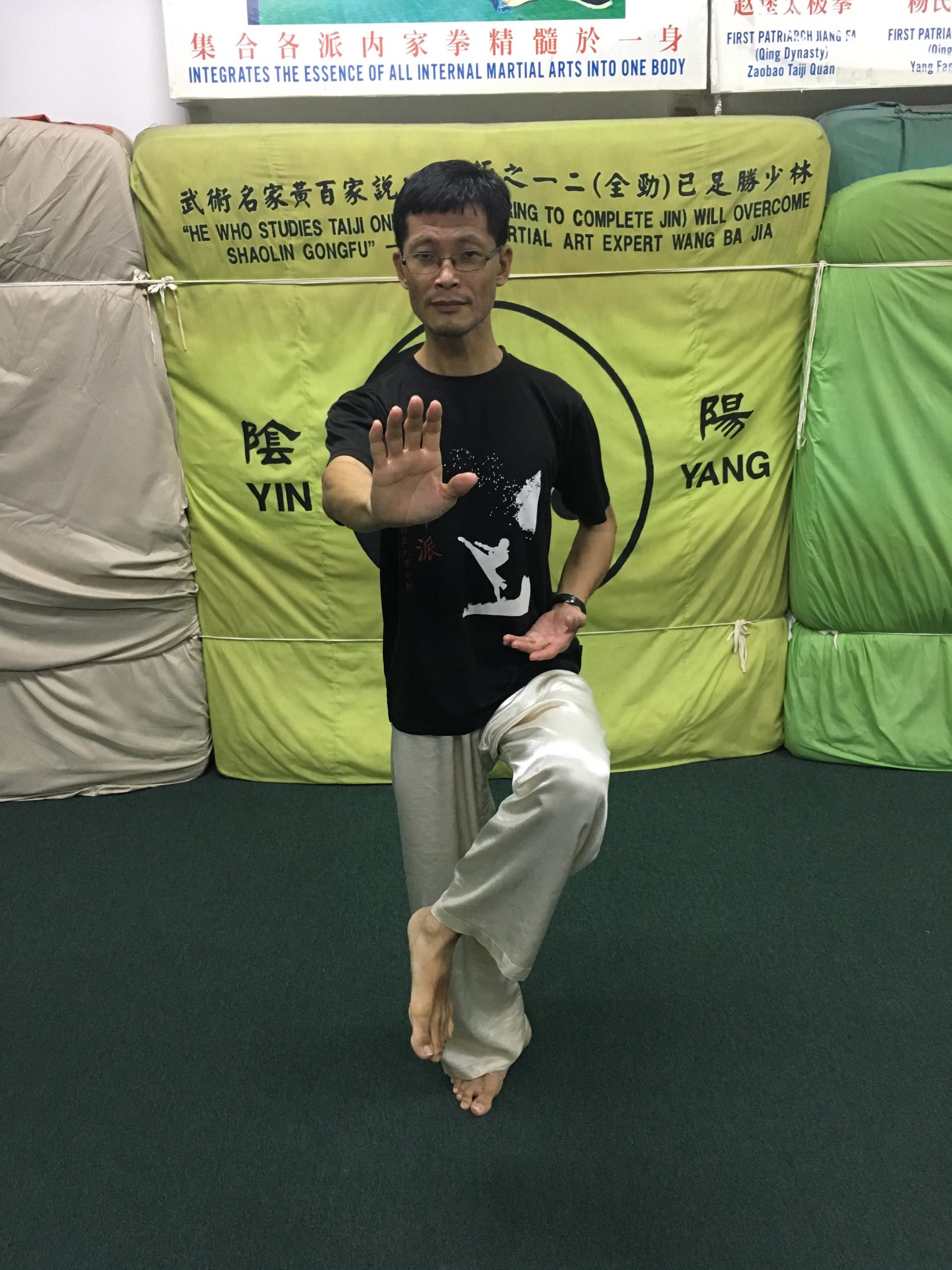
Liu He Ba Fa (六合八法)
Liu He Ba Fa was developed by Chen Tuan in 871-989 A.D. He was a Taoist sage who lived in the Song Dynasty period of China. This style is commonly referred to as Water Boxing due to its movements that mimic running water that changes with the current. It infers that one’s movements should be fluid, formless, and adaptable to one’s surroundings.
When translated it means “Six Harmonies and The Eight Methods”, this refers to the various combinations of internal harmonies:
- Unites the Body and Mind. This means learning how to move with precision and control.
- Unites the Mind with Intent. This means stimulating one’s inner strength and moving with purpose.
- Unites the Intent with Qi. This means learning how to harness one’s energy or qi and being aware of how it moves throughout the body.
- Unites the Qi with the Spirit. This means allowing one’s Qi to be united with the spirit and have a “spiritual consciousness” to bring harmony between all forces of the universe.
- Unites the Spirit with the Movements. This means encompassing one’s spirit through their Water Boxing movements to create a true expression of themselves.
- Unite the Movements with Emptiness. Emptiness refers to the Taoist notion of natural state. This means that a person will be able to move effortlessly and effectively, in tandem with the natural forces, which is a central goal of Taoism.
Learning Liu He Ba Fa allows the internal health cultivation of the mind and life energy, and the external cultivation of strengthening the body and improving fitness. It works as an effective form of self-defence, and also improves blood circulation, stamina, coordination and balance, which helps to dispel sickness and increase longevity.
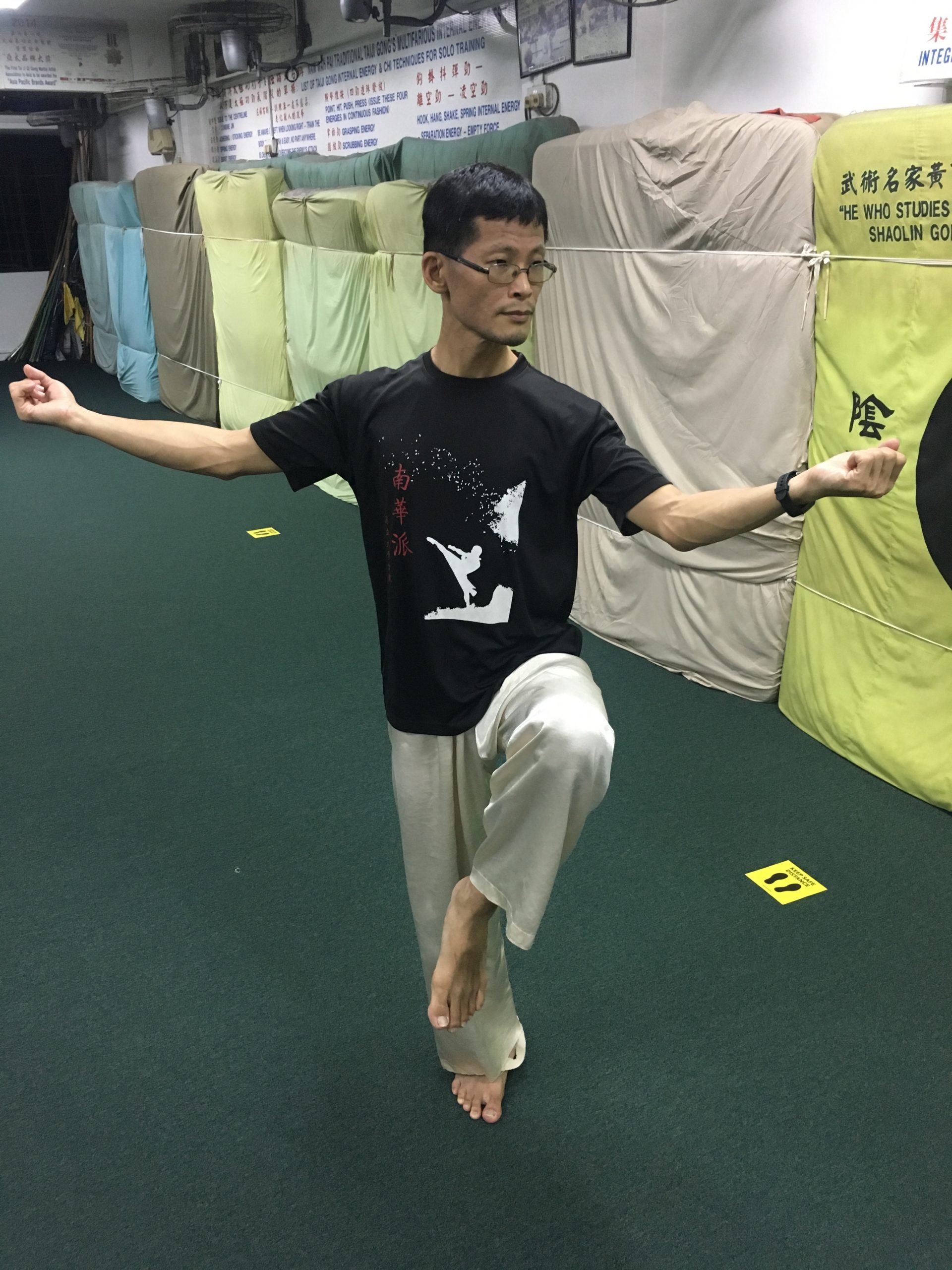
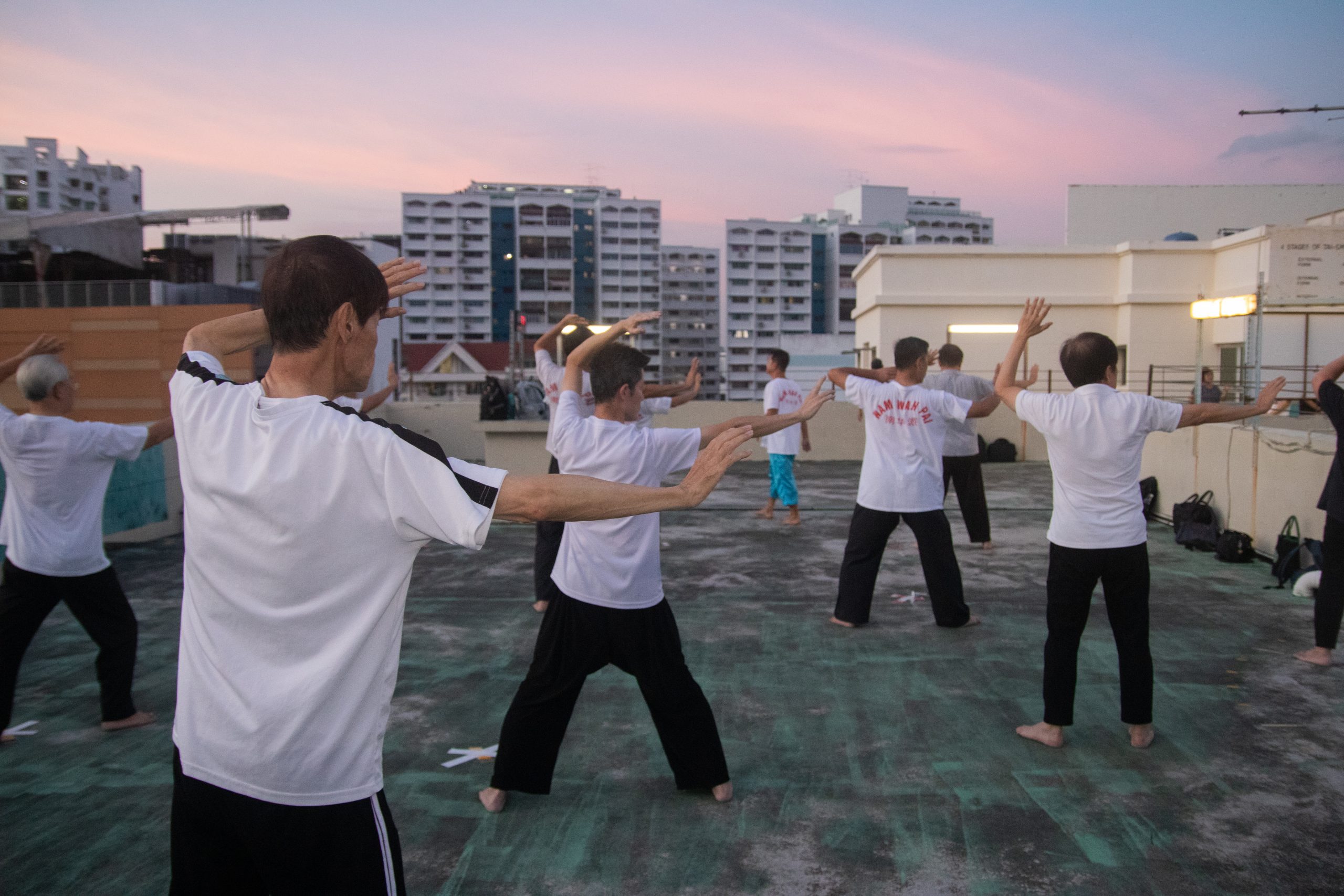
Register Your Interest
Build your internal strength and power for self defence with our range of internal martial art styles today.
Note: It is crucial to incorporate Qigong (cultivation of internal energy) to practice any form of internal martial arts. Thus it is highly recommended to complete Nam Wah Pai's Signature Qigong course before enrolling into the Internal Martial Arts course.
